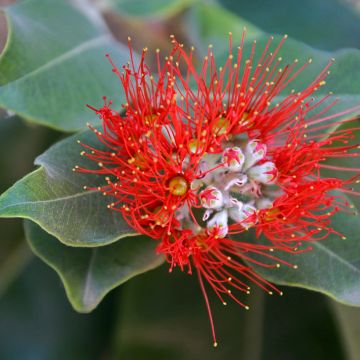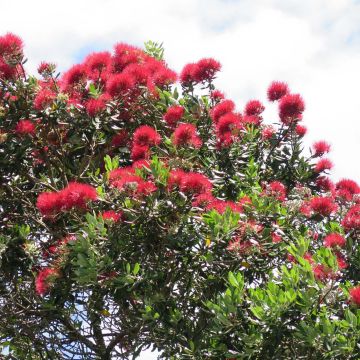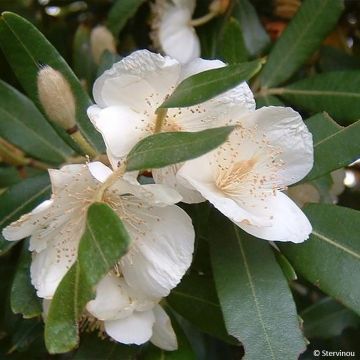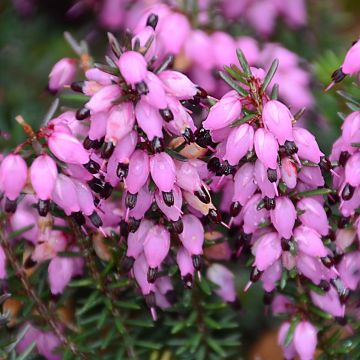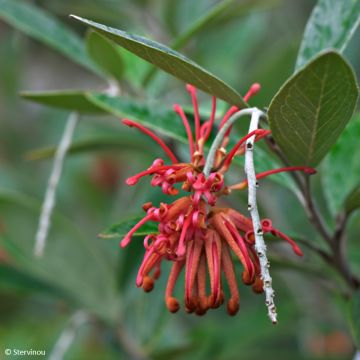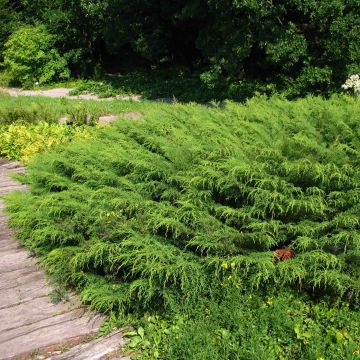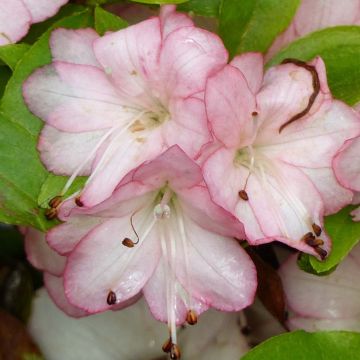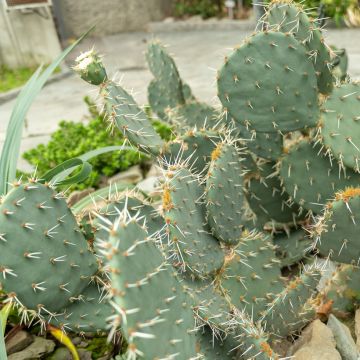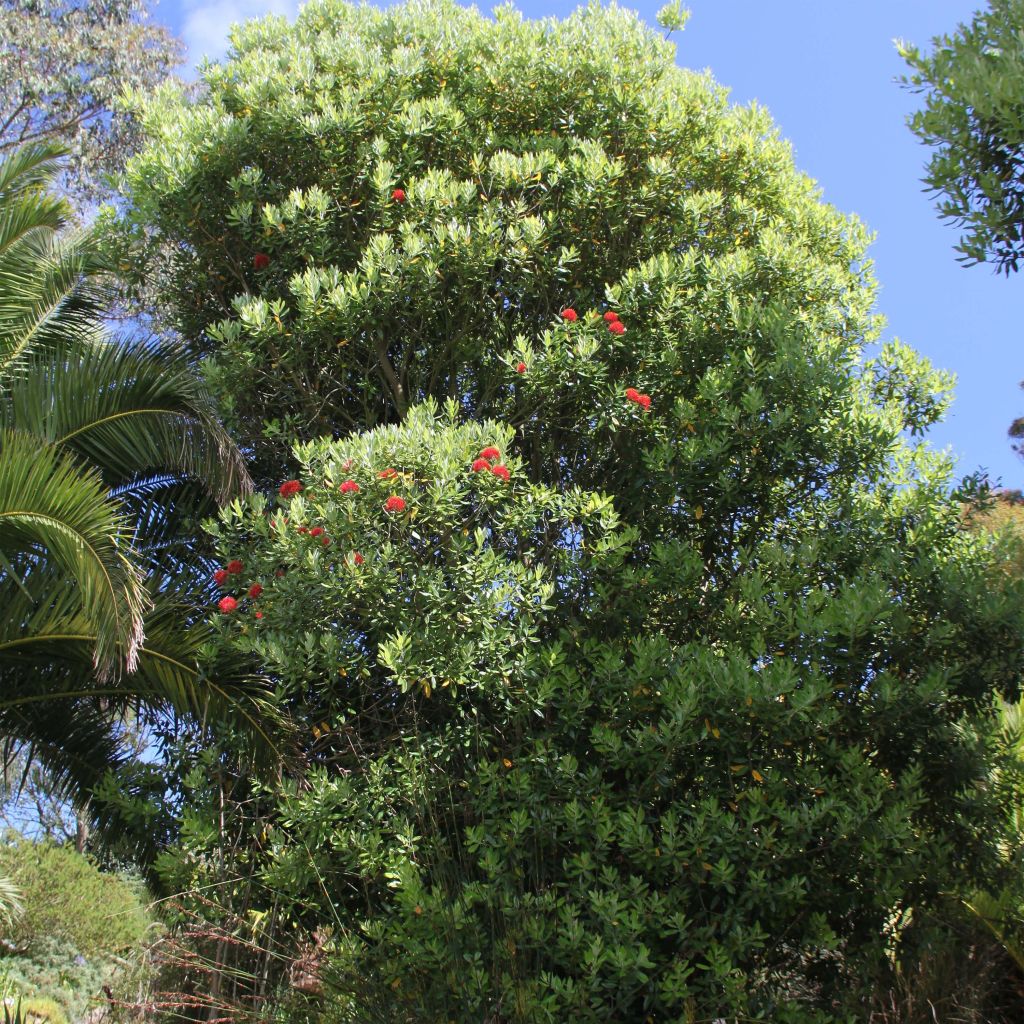

Metrosideros Mistral - Arbre de Noël de Nouvelle-Zélande
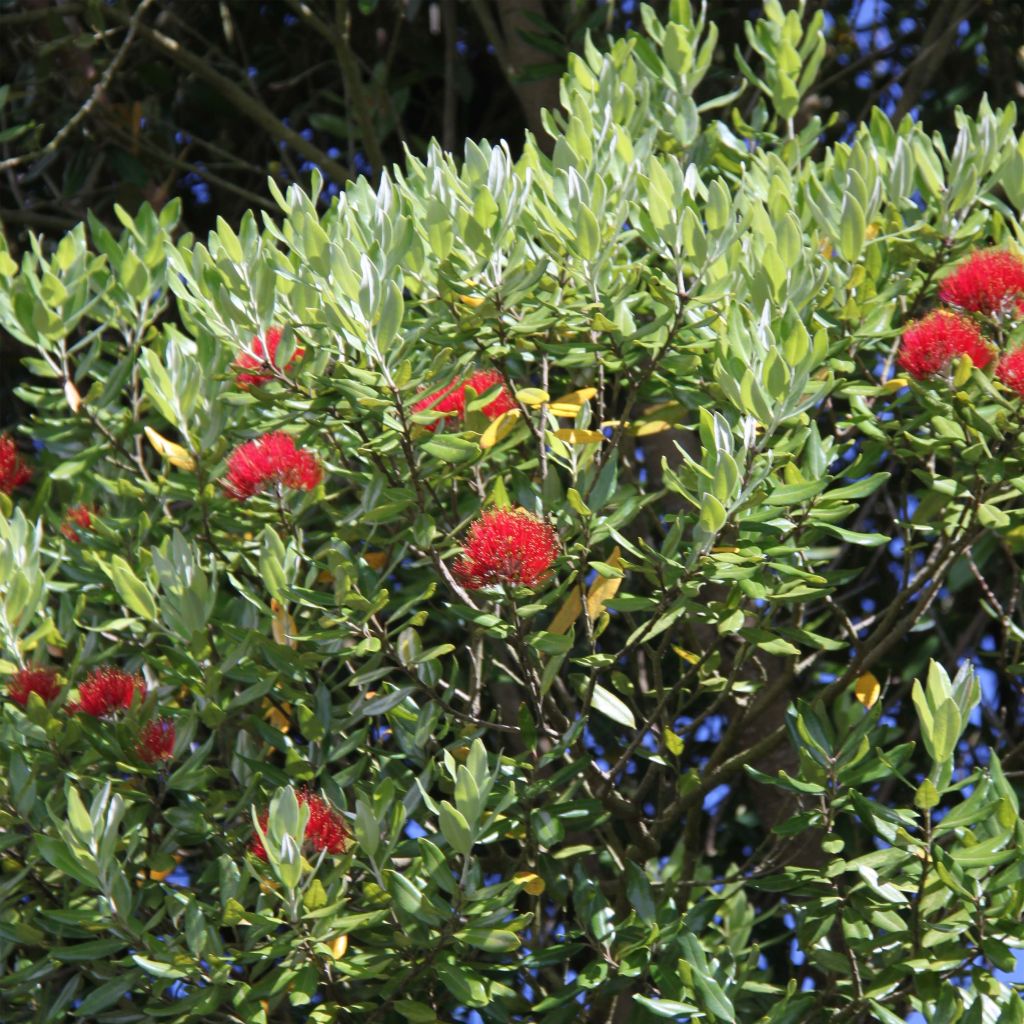

Metrosideros Mistral - Arbre de Noël de Nouvelle-Zélande
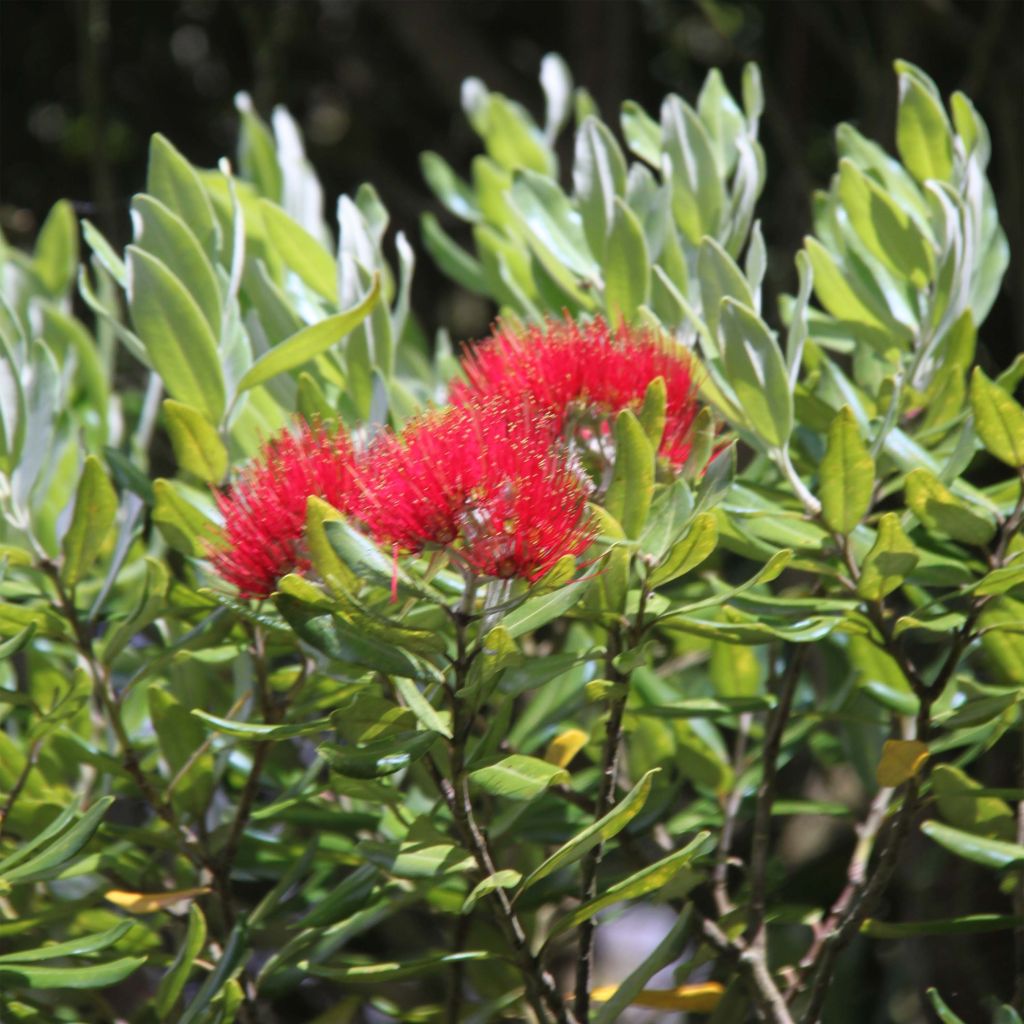

Metrosideros Mistral - Arbre de Noël de Nouvelle-Zélande
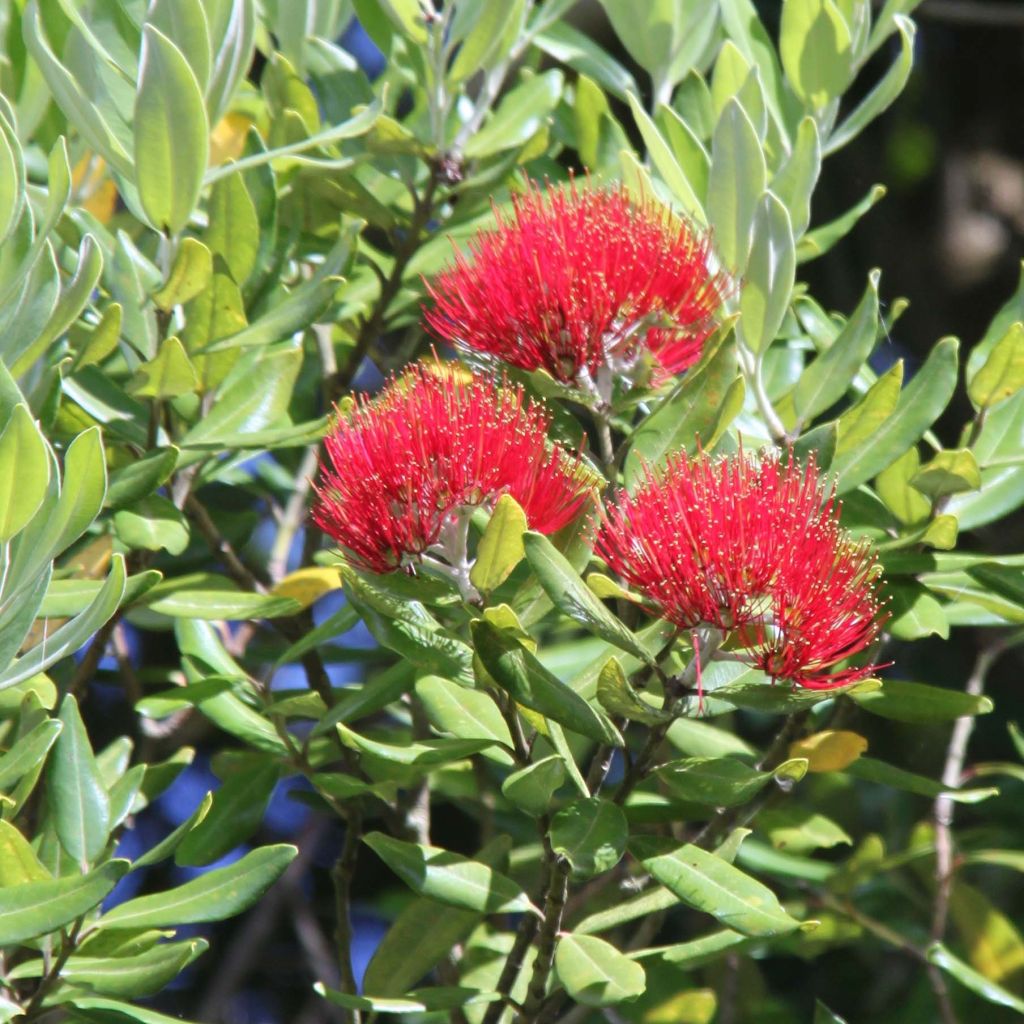

Metrosideros Mistral - Arbre de Noël de Nouvelle-Zélande
Metrosideros Mistral
Metrosideros x subtomentosa Mistral
New Zealand Christmas Tree, Pohutukawa
Magnificent young plant purchased in May 2022. Absence of flowering during its first summer.
AG, 01/03/2023
Special offer!
Receive a €20 voucher for any order over €90 (excluding delivery costs, credit notes, and plastic-free options)!
1- Add your favorite plants to your cart.
2- Once you have reached €90, confirm your order (you can even choose the delivery date!).
3- As soon as your order is shipped, you will receive an email containing your voucher code, valid for 3 months (90 days).
Your voucher is unique and can only be used once, for any order with a minimum value of €20, excluding delivery costs.
Can be combined with other current offers, non-divisible and non-refundable.
Home or relay delivery (depending on size and destination)
Schedule delivery date,
and select date in basket
This plant carries a 24 months recovery warranty
More information
We guarantee the quality of our plants for a full growing cycle, and will replace at our expense any plant that fails to recover under normal climatic and planting conditions.
Would this plant suit my garden?
Set up your Plantfit profile →
Description
Metrosideros 'Mistral' is a very beautiful hybrid of the New Zealand Christmas Tree, an evergreen bush appreciated for its vibrant flowering, with large pompoms of scarlet stamens that are well highlighted by its tough and deep green foliage. This selection, with a fairly dense habit, has the advantage of resisting wind and cold well, down to -7°C (19.4°F) for short periods in very well-drained soil. A magnificent specimen to be planted in a large pot on a patio or even indoors in cold climates. It thrives in the ground in mild climates, in rather moist but well-drained soil, in full sun or partial shade. It is an excellent small tree for coastal hedgerows.
Metrosideros 'Mistral' was first discovered in 1970 on the Coromandel Peninsula, located in the north-west of the North Island in New Zealand. It is a spontaneous hybrid between Metrosideros excelsa and M. robusta. All these plants belong to the Myrtaceae family, like myrtles, eucalyptus and callistemons. The name comes from the Greek word "metra", meaning the heart of a tree, and "sideros", meaning iron, alluding to the hardness of the wood of these plants. Its vernacular name, New Zealand Christmas Tree, originates from its flowering period, which occurs around Christmas time in its country of origin.
The habit of 'Mistral' is bushy, rather upright, and even tree-like if the branches located near the base are removed. Its vegetation is naturally dense, and its growth is rather slow. It will reach a height of about 2.5m (8ft) with a spread of 2m (7ft) at maturity if grown in the ground. In a container, it will remain smaller. Its corky bark is grey-brown in colour. Over the years, aerial roots can appear at the base of the trunk as well as along its entire length and on the branches. This characteristic comes from Metrosideros excelsa, often epiphytic, developing somewhat like an ivy that clings to other trees to reach the light. The branches bear small, entire, oval, tough, slightly undulate, dark olive-green leaves throughout the year. They are lighter and velvety on the underside. They measure 2.5 to 5cm (1 to 2in) long and 1.5 to 2.5cm (1in) wide. The young shoots are sometimes pink and covered with fine reddish hairs that fall off over time, but often persist on the central vein and at the base of the leaves. Flowering occurs from May to July, and is more or less early depending on the climate. At the end of the branches, clusters of beautiful flowers with numerous long red stamens appear, forming a large scarlet pompom. They are very nectar-rich and attract certain birds and many pollinating insects. The seeds take one year to mature.
This Metrosideros is a magnificent bush to be planted without hesitation by the seaside, or to be grown as an orangery plant in cold climates where it will live for many years. In a greenhouse or conservatory, it will create an extremely decorative quartet with an orange tree, a Tibouchina, and a mimosa, evoking landscapes with exotic charm and fragrance. In mild climates, it can be used as a solitary plant or at the back of a bed. It can also be planted in an evergreen hedge, accompanied by a shrubby ceanothus ('Italian Skyes', 'Concha', 'Puget Blue', 'Skylark'), Banksia integrifolia, large Leptospermum (lanigerum Silver Sheen, Martini), or red-flowering callistemons (Callistemon citrinus 'Splendens', Callistemon viminalis).
Report an error about the product description
Metrosideros Mistral in pictures


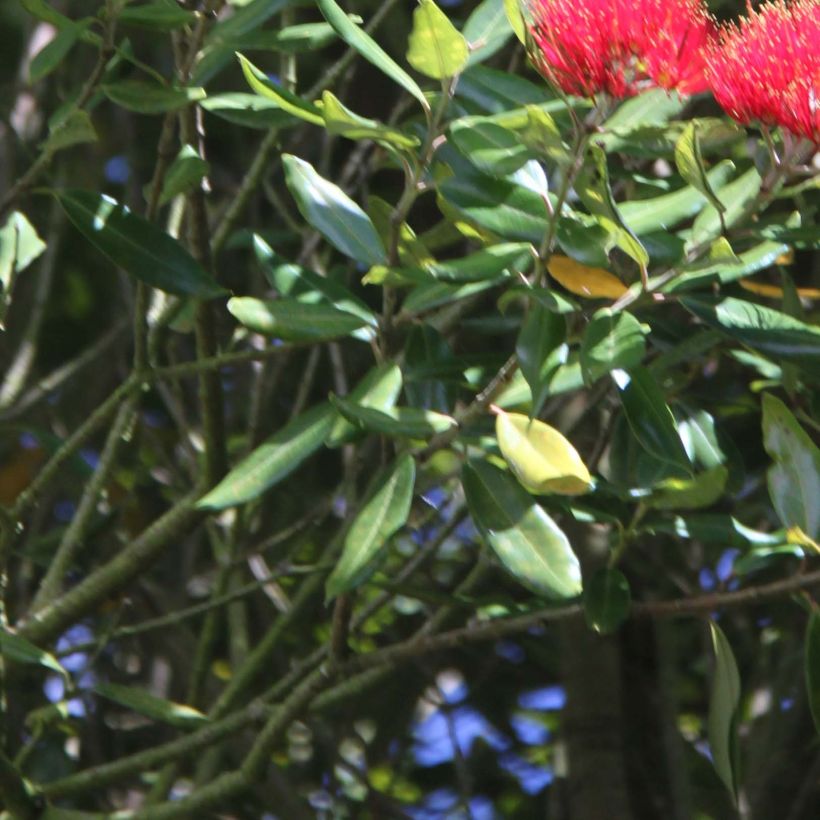

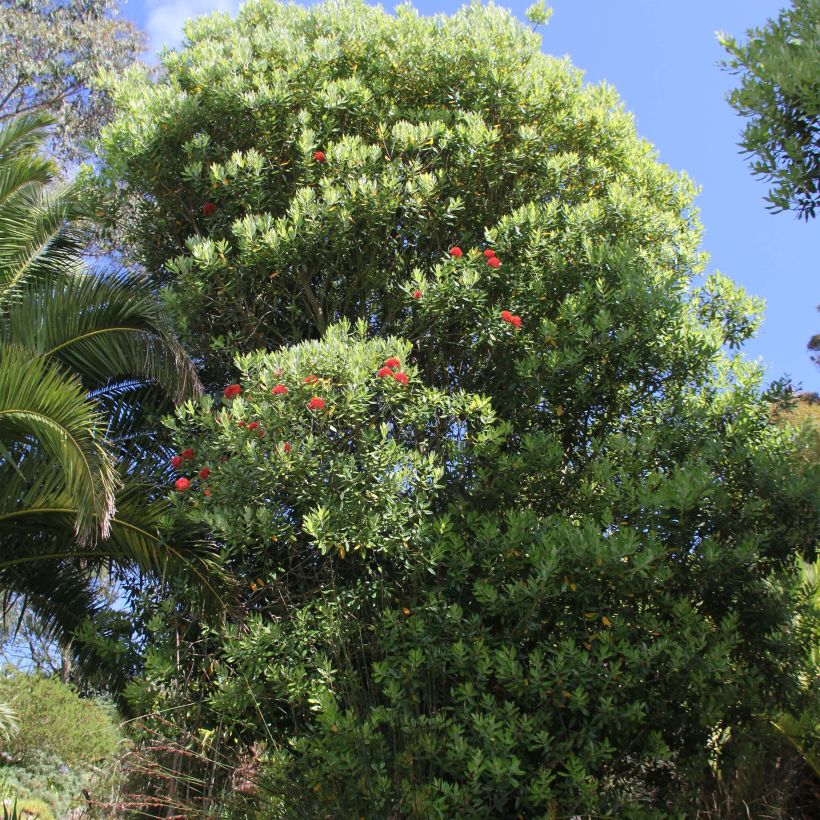

Plant habit
Flowering
Foliage
Botanical data
Metrosideros
x subtomentosa
Mistral
Myrtaceae
New Zealand Christmas Tree, Pohutukawa
Oceania
Other Metrosideros
View all →Planting and care
It thrives in light, preferably slightly acidic and not too poor, humiferous, moist but well-drained soil. The soil should be moist in summer. However, it is relatively accommodating in terms of soil. It accepts some limestone and tolerates summer drought once well rooted, after 3 years of cultivation in open ground. Soil drainage is very important to promote better cold resistance. It tolerates sea spray and wind very well. Plant it after the last frost in cool climates, and in September-October in warmer climates. It will flourish in full sun or partial shade and likes to have warm roots. Under these conditions, and once well established, it is hardy down to -7°C (19.4°F) and can live for many years. Young plants are less cold-resistant than their elders: cultivate them in pots until they reach a minimum height of 50cm (20in). Wrap it in winter protection in colder regions, and isolate it from the cold as much as possible. Plant it in the warmest corner of the garden, in full sun against a south-facing wall. However, in very cold regions, it will be essential to grow it in a large pot and store it for winter in a bright, airy, but unheated space. To shape it, you can prune the stems in autumn or after flowering to remove any obstructing or unsightly branches and remove dead wood.
Cultivation in pots:
Ensure good drainage at the bottom of the pot (layer of gravel or pottery shards), which should be of large volume. Use a light substrate, enriched with river sand, ericaceous soil, and leaf compost, and apply some slow-release fertiliser in spring. Water generously in summer (with non-calcareous water if possible), allowing the soil to dry out a little between waterings. Mist the foliage in very hot weather. Reduce watering in winter. Repot once a year, in spring.
Planting period
Intended location
Care
-
, onOrder confirmed
Reply from on Promesse de fleurs
Similar products
Haven't found what you were looking for?
Hardiness is the lowest winter temperature a plant can endure without suffering serious damage or even dying. However, hardiness is affected by location (a sheltered area, such as a patio), protection (winter cover) and soil type (hardiness is improved by well-drained soil).

Photo Sharing Terms & Conditions
In order to encourage gardeners to interact and share their experiences, Promesse de fleurs offers various media enabling content to be uploaded onto its Site - in particular via the ‘Photo sharing’ module.
The User agrees to refrain from:
- Posting any content that is illegal, prejudicial, insulting, racist, inciteful to hatred, revisionist, contrary to public decency, that infringes on privacy or on the privacy rights of third parties, in particular the publicity rights of persons and goods, intellectual property rights, or the right to privacy.
- Submitting content on behalf of a third party;
- Impersonate the identity of a third party and/or publish any personal information about a third party;
In general, the User undertakes to refrain from any unethical behaviour.
All Content (in particular text, comments, files, images, photos, videos, creative works, etc.), which may be subject to property or intellectual property rights, image or other private rights, shall remain the property of the User, subject to the limited rights granted by the terms of the licence granted by Promesse de fleurs as stated below. Users are at liberty to publish or not to publish such Content on the Site, notably via the ‘Photo Sharing’ facility, and accept that this Content shall be made public and freely accessible, notably on the Internet.
Users further acknowledge, undertake to have ,and guarantee that they hold all necessary rights and permissions to publish such material on the Site, in particular with regard to the legislation in force pertaining to any privacy, property, intellectual property, image, or contractual rights, or rights of any other nature. By publishing such Content on the Site, Users acknowledge accepting full liability as publishers of the Content within the meaning of the law, and grant Promesse de fleurs, free of charge, an inclusive, worldwide licence for the said Content for the entire duration of its publication, including all reproduction, representation, up/downloading, displaying, performing, transmission, and storage rights.
Users also grant permission for their name to be linked to the Content and accept that this link may not always be made available.
By engaging in posting material, Users consent to their Content becoming automatically accessible on the Internet, in particular on other sites and/or blogs and/or web pages of the Promesse de fleurs site, including in particular social pages and the Promesse de fleurs catalogue.
Users may secure the removal of entrusted content free of charge by issuing a simple request via our contact form.
The flowering period indicated on our website applies to countries and regions located in USDA zone 8 (France, the United Kingdom, Ireland, the Netherlands, etc.)
It will vary according to where you live:
- In zones 9 to 10 (Italy, Spain, Greece, etc.), flowering will occur about 2 to 4 weeks earlier.
- In zones 6 to 7 (Germany, Poland, Slovenia, and lower mountainous regions), flowering will be delayed by 2 to 3 weeks.
- In zone 5 (Central Europe, Scandinavia), blooming will be delayed by 3 to 5 weeks.
In temperate climates, pruning of spring-flowering shrubs (forsythia, spireas, etc.) should be done just after flowering.
Pruning of summer-flowering shrubs (Indian Lilac, Perovskia, etc.) can be done in winter or spring.
In cold regions as well as with frost-sensitive plants, avoid pruning too early when severe frosts may still occur.
The planting period indicated on our website applies to countries and regions located in USDA zone 8 (France, United Kingdom, Ireland, Netherlands).
It will vary according to where you live:
- In Mediterranean zones (Marseille, Madrid, Milan, etc.), autumn and winter are the best planting periods.
- In continental zones (Strasbourg, Munich, Vienna, etc.), delay planting by 2 to 3 weeks in spring and bring it forward by 2 to 4 weeks in autumn.
- In mountainous regions (the Alps, Pyrenees, Carpathians, etc.), it is best to plant in late spring (May-June) or late summer (August-September).
The harvesting period indicated on our website applies to countries and regions in USDA zone 8 (France, England, Ireland, the Netherlands).
In colder areas (Scandinavia, Poland, Austria...) fruit and vegetable harvests are likely to be delayed by 3-4 weeks.
In warmer areas (Italy, Spain, Greece, etc.), harvesting will probably take place earlier, depending on weather conditions.
The sowing periods indicated on our website apply to countries and regions within USDA Zone 8 (France, UK, Ireland, Netherlands).
In colder areas (Scandinavia, Poland, Austria...), delay any outdoor sowing by 3-4 weeks, or sow under glass.
In warmer climes (Italy, Spain, Greece, etc.), bring outdoor sowing forward by a few weeks.































